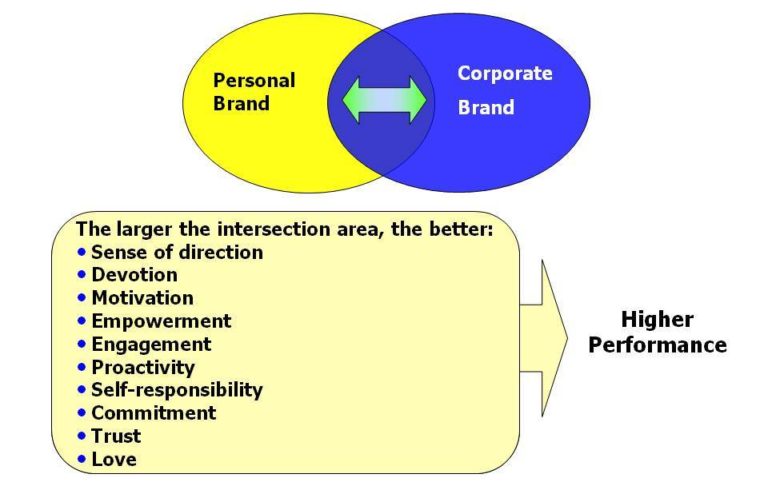Scooby Doo Leadership
When I was a child one of my favourite cartoons was Scooby Doo, with its ‘tongue in cheek’ humour and pseudo ’70s approach to life. Even the low budget nature of Hanna Barbera’s cartoon was compelling and somehow added to the enticement of the programme.
However, during some recent reflection on Leadership challenges I considered how surprisingly similar both a day in the office and an episode of Scooby Doo can be.
Before you dismiss my idea, consider the usual script of an episode and its key components:
- The ‘gang’ arrive at a location for some, often unknown, reason
- It appears that some strange things have been occurring, with some apparently supernatural cause
- The gang find themselves embroiled in the problem and observe the same superficial cause
- Scooby and Shaggy are chased by a ghoul or spectre of some form
- The mystery is solved, usually by Velma
If we relate this back to a normal day in the office, there are many similarities:
- Arriving at a location for some, often unknown, reason:
It is common for many of us to be involved in activities for which the ‘Why we’re doing it’ has somehow been lost and, quite often, no-one involved can actually remember why we embarked on the project, work activity or why the task is required. Just like Scooby and the gang, our ‘Mystery Machine’ has embarked on a journey but we’re not quite sure why we are where we are.
The answer to this is to ensure that we have solid Daily Management and Hoshin Kanri (Policy Deployment) in place to keep both the day-to-day activities and the breakthrough initiatives firmly rooted in the ‘Why’.
- Strange things occurring, with some apparently supernatural cause:
Many times I experience performance issues that are talked of and considered problematic but it is very unclear what the real problems are and how they are affecting the customer or our team members. These strange happenings also have stated causes that are not commonly agreed upon and there may be more of them than the team can possibly work upon.
The solution to this environment is to ensure that we instil within our Daily Management process a performance management system, with leading and lagging KPIs, that allow our team members to identify quickly and easily where performance is off, and by how much, and to therefore prioritise and solve those problems most damaging to the business performance and its customers. Most importantly, the team will be speaking in a fact-based manner.
- Finding yourself embroiled in the problem and observing the same superficial cause:
Often, due to the ambiguity of the problems within the teams, problems are rapidly escalated and many people become involved in their ‘problem solving’. This creates a serious case of fire-fighting and often ‘storms in tea cups’ are created. Worse still, the lack of true clarity of the problems mean that those people involved throughout the escalations simply perpetuate the confusion.
To avoid this it is crucial that there is a clear escalation process in place and that it is structured to avoid multiple lines of escalation, with a single problem owner at all times. Through the training and development of our people in structured and practical problem solving, they will have worked through the problems in the correct manner and only those problems that warrant escalation will be escalated and, where this happens, it will be in a rapid and fact based manner.
- Scooby and Shaggy are chased by a ghoul of some form:
Whilst we may not see people being chased down corridors by apparent spectres, it is not unusual to observe team members running around either metaphorically or literally to try to solve problems, with a high degree of waste being created and the duplication of activity. This is the outcome of ineffective problem solving and too many people involved in the ‘fire-fighting’ and is not only ultimately going to fail to solve the problem but will also overload people and be extremely disruptive.
Instead, by getting to the true Root Cause of the issue, putting in place their countermeasures and applying discipline around the execution of the process standards, the Organisation can deliver high performance, better flexibility due to shorter lead-times and free up the time of its employees to be creative.
5. The mystery is solved, usually by Velma:
In Scooby Doo the mystery is usually solved by the ‘expert’ Velma, whilst the rest of the team are largely clueless. Velma then explains to them how she solved the mystery, unveils the culprit, and everyone is seemingly happy. This is similar in a lot of organisations whereupon, once a problem is considered serious, an expert, or team of experts, are drafted in to solve the problem and then tell the team members how to work going forward. Unsurprisingly, a lot of the time this is unsustainable once the experts depart.
To avoid this, the organisation ought to empower its team members to solve the majority of the problems themselves, providing them with the skills to problem solve to root cause and the resources to do so. Where escalations are required, the governance needs to be in place to provide expert resources to support and coach the team members to put in place sustainable solutions.
In an organisation that is committed to Lean Thinking and delivering Operational Excellence, Scooby Doo Leadership will be consigned to the same place as the Cartoons, as a nostalgic memory of the past, whilst the future will be about Lean Leadership, with an organisation powered by its people.
Also Listen to the Outliers Inn Podcast: Scooby Doo Leadership
By Philip Holt
 Philip is a Senior Operations and Business Transformation Leader and Executive Lean Leadership Coach; an an experienced Change Leader with a track record of delivering Operational Excellence within Market Leading Businesses. With a people focused drive for results, he develops strong teams to ensure that the Business Strategy is successfully delivered. He is highly experienced working globally, combining adaptation to cultural differences with a maintenance of fidelity to the blueprint. Philip is also the author of “Leading with Lean” a Practical guide to Lean Transformation and Leadership. Connect with him on LinkedIn.
Philip is a Senior Operations and Business Transformation Leader and Executive Lean Leadership Coach; an an experienced Change Leader with a track record of delivering Operational Excellence within Market Leading Businesses. With a people focused drive for results, he develops strong teams to ensure that the Business Strategy is successfully delivered. He is highly experienced working globally, combining adaptation to cultural differences with a maintenance of fidelity to the blueprint. Philip is also the author of “Leading with Lean” a Practical guide to Lean Transformation and Leadership. Connect with him on LinkedIn.









